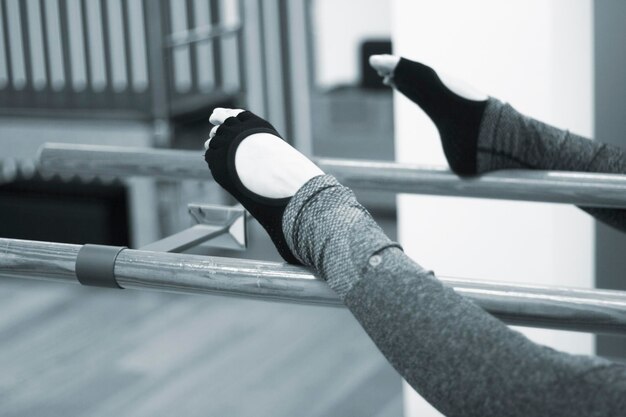Can Pilates Be Beneficial for Those with Osteoporosis? Let's Find Out!
Osteoporosis, a condition characterized by weakened bones, affects millions of people worldwide, especially older adults and post-menopausal women. If you're dealing with osteoporosis, you might be looking for safe and effective exercise options to help manage your condition. Pilates, known for its focus on improving flexibility, strength, and posture without high-impact movements, could be a promising option.
Understanding Osteoporosis and Exercise
Osteoporosis significantly increases the risk of fractures, making weight-bearing and resistance exercises crucial as they help maintain bone density. While high-impact activities might not be suitable due to the increased fracture risk, Pilates offers a low-impact alternative that can still be highly beneficial.
How Pilates Helps
Improves Core Strength: By focusing on core stability, Pilates helps improve balance and posture. This can be particularly advantageous for those with osteoporosis, as improved balance reduces the risk of falls.
Enhances Flexibility and Mobility: Stretching and lengthening movements in Pilates can help maintain joint flexibility. Improved mobility can lead to a greater range of motion and better performance in daily activities.
Muscle Strengthening: While not traditionally recognized for muscle building, Pilates incorporates resistance through body weight and bands, helping strengthen muscles that support and protect the skeletal structure.
Stress Reduction: Osteoporosis management often includes addressing stress levels. Pilates, with its emphasis on controlled breathing and focused movement, can be a great way to relax and manage stress.
Consulting with a Professional
Before starting any new exercise regimen, especially if you have osteoporosis, it's wise to consult with a healthcare provider or a certified Pilates instructor familiar with the condition. They can tailor a program to fit your specific needs and constraints, ensuring safety and maximum benefit.
Beyond Exercise: Other Considerations
While Pilates can be an integral part of managing osteoporosis, addressing financial or educational resources can further empower individuals dealing with this condition.
Consider exploring government aid programs or insurance options that cover osteoporosis treatments or therapies. Many countries offer support for preventive care and treatment, which can be vital in managing medical costs. Additionally, educational grants and resources for further learning about osteoporosis management might provide valuable insights and skills.
Key Takeaways
- Pilates can be a valuable exercise form for people with osteoporosis, offering low-impact exercise that enhances core strength, flexibility, and balance.
- Professional guidance is essential to ensure that exercises are performed safely and effectively.
- Explore financial assistance or educational opportunities to alleviate any burdens associated with managing osteoporosis.
It's key to approach osteoporosis management holistically, combining the benefits of Pilates with support systems aimed at improving your quality of life.
Financial and Educational Resources for Osteoporosis Management
🏥 Healthcare Assistance: Investigate local and national health services for osteoporosis-inclusive coverage.
💸 Government Aid Programs: Search for osteoporosis-specific assistance, such as subsidies or reimbursements for treatment.
📚 Educational Grants: Look for programs offering grants to educate yourself further about osteoporosis and its management.
💳 Credit Solutions: Consider specialized health credit options to manage medical expenses effectively.

Related Topics
- a Nurse Is Caring For a Client Who Has Osteoporosis.
- a Percutaneous Is Performed To Treat Osteoporosis Related Compression Fractures
- Can Alcohol Cause Osteoporosis
- Can I Do Pilates If I Have Osteoporosis
- Can I Reverse Osteoporosis
- Can Men Get Osteoporosis
- Can Osteoporosis Affect Teeth
- Can Osteoporosis Be Cured
- Can Osteoporosis Be Painful
- Can Osteoporosis Be Reversed